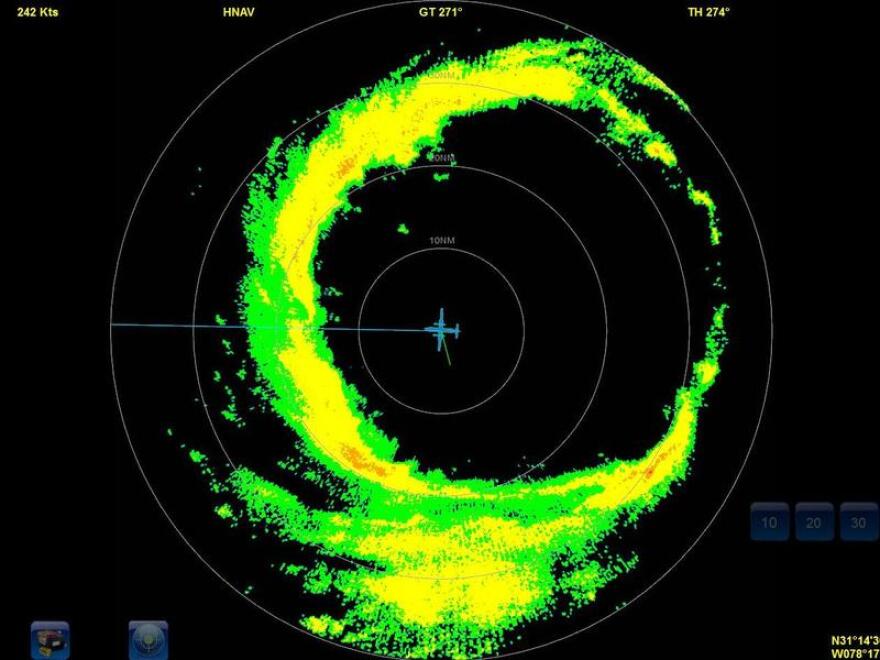Researchers at the University of South Florida found that one month after Hurricanes Katrina and Rita, diabetic seniors living in areas that were impacted by the storms were 40 percent more likely to die than elderly diabetics in unaffected areas.
The study says after a hurricane, diabetic seniors can have a hard time accessing their health care providers, filling prescriptions, and monitoring their glucose levels; heightening the risk of blood sugar spikes or crashes and increasing the likelihood of complications.
Troy Quast, an associate professor at USF’s College of Public Health and study leader, says that although the study doesn’t pinpoint exactly what causes this increase in mortality, factors like a lack of electricity, transportation and support services such as dialysis centers are likely culprits.
“After the storm, it's very traumatic and stressful and there are many things to worry about,” said Quast, “but it’s important that as much as possible [diabetics] have a healthy food supply and are taking the time to monitor their glucose levels.”
Organizations like Florida Health recommend that people with diabetes prepare an emergency supply kit with syringes, insulin, and quick-acting carbohydrates like juices and glucose tablets to make it through the first 72 hours after the storm.
Quast notes that there are ways for those with diabetes to prepare even before a storm is on the horizon.
“It’s not as utilized as we’d like, but there’s a special needs registry that each county maintains where those with relatively severe medical needs can register with the county so that they know where these individuals are and can receive some form of outreach,” said Quast.
The study focused on over 340,000 seniors from Louisiana, Mississippi, Texas and Alabama with type 1 or type 2 diabetes.
Using Medicare claims data generated by doctors visits and prescription refills, the researchers were able to generate ten years’ worth of health data and cross reference patient information with the Federal Emergency Management Agency’s assessment of the level of disaster impact.
The study found that after a year, the risk drops somewhat with those from affected counties being about 13 percent more like to have died that those from the unaffected counties.
Though the study did not collect data on Florida, Quast says that it’s very possible that individuals in Florida would experience a similar effect.
“Hurricane Dorian was barreling down towards Florida. For a while on the forecast it was going to be a very, very large category five storm,” said Quast. “I definitely would not be surprised to see a similar story play out potentially”







